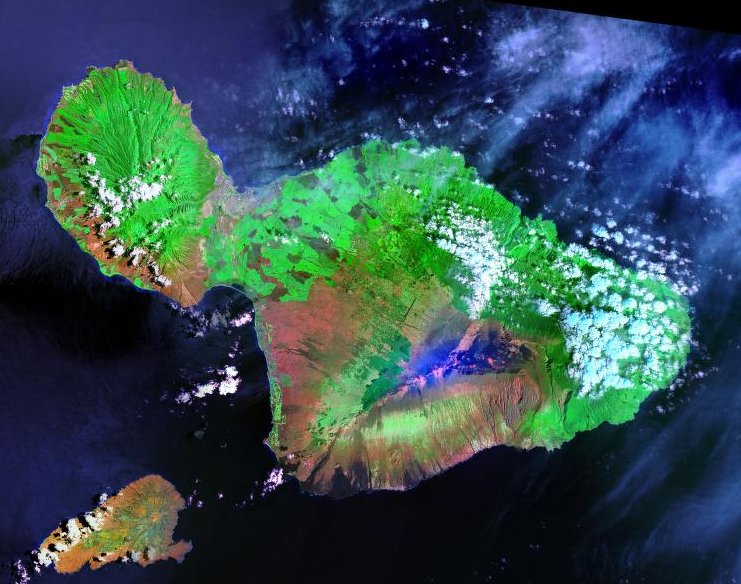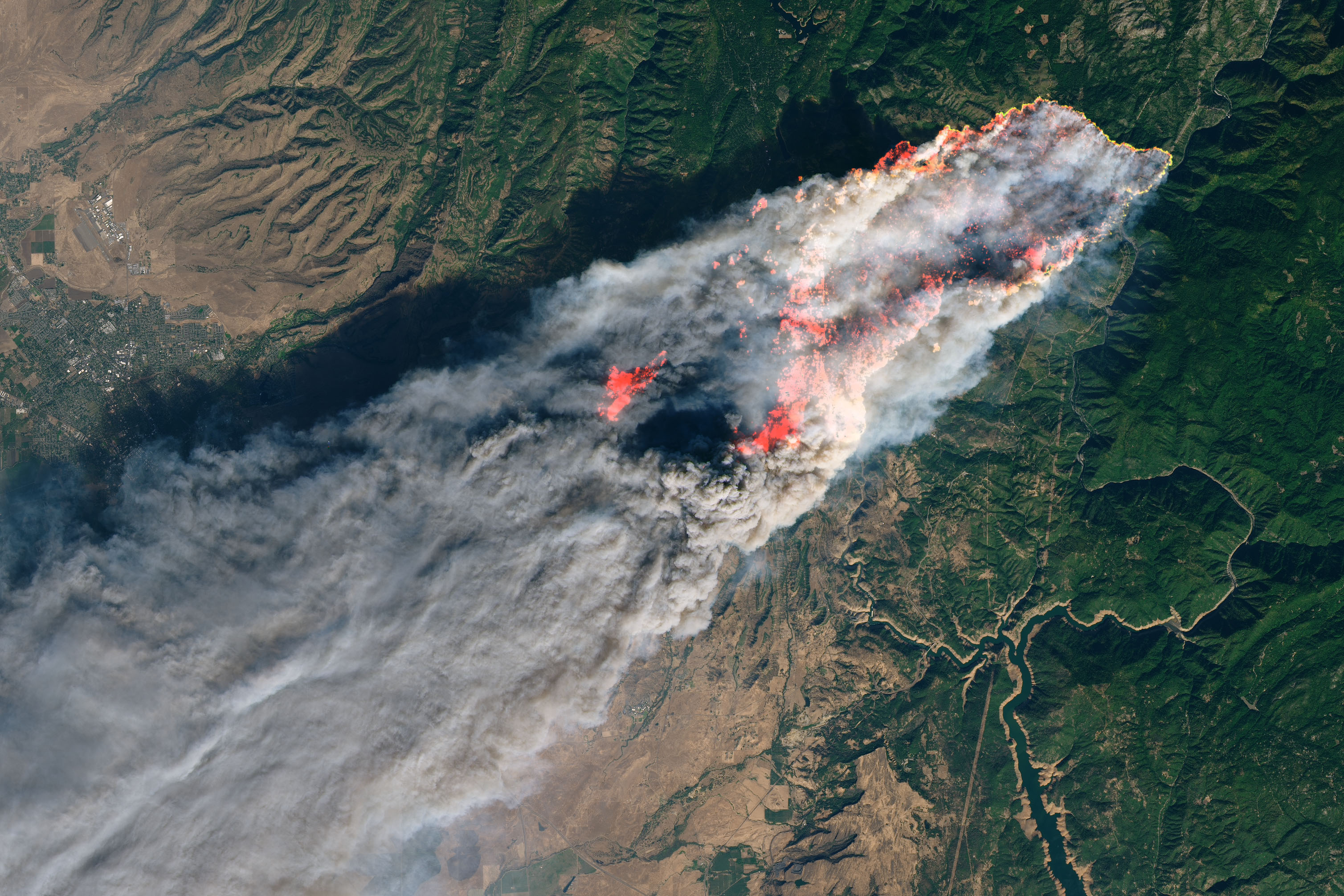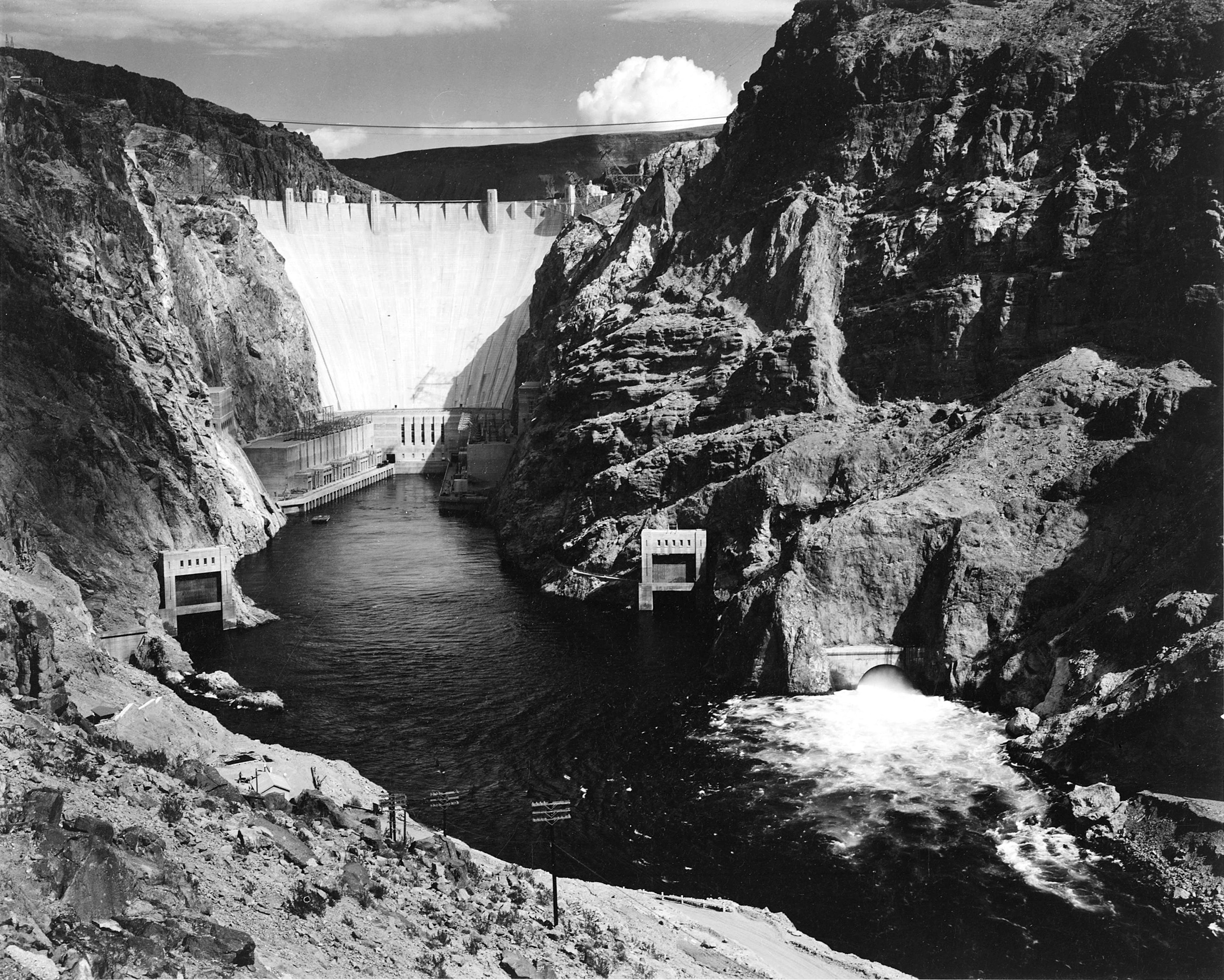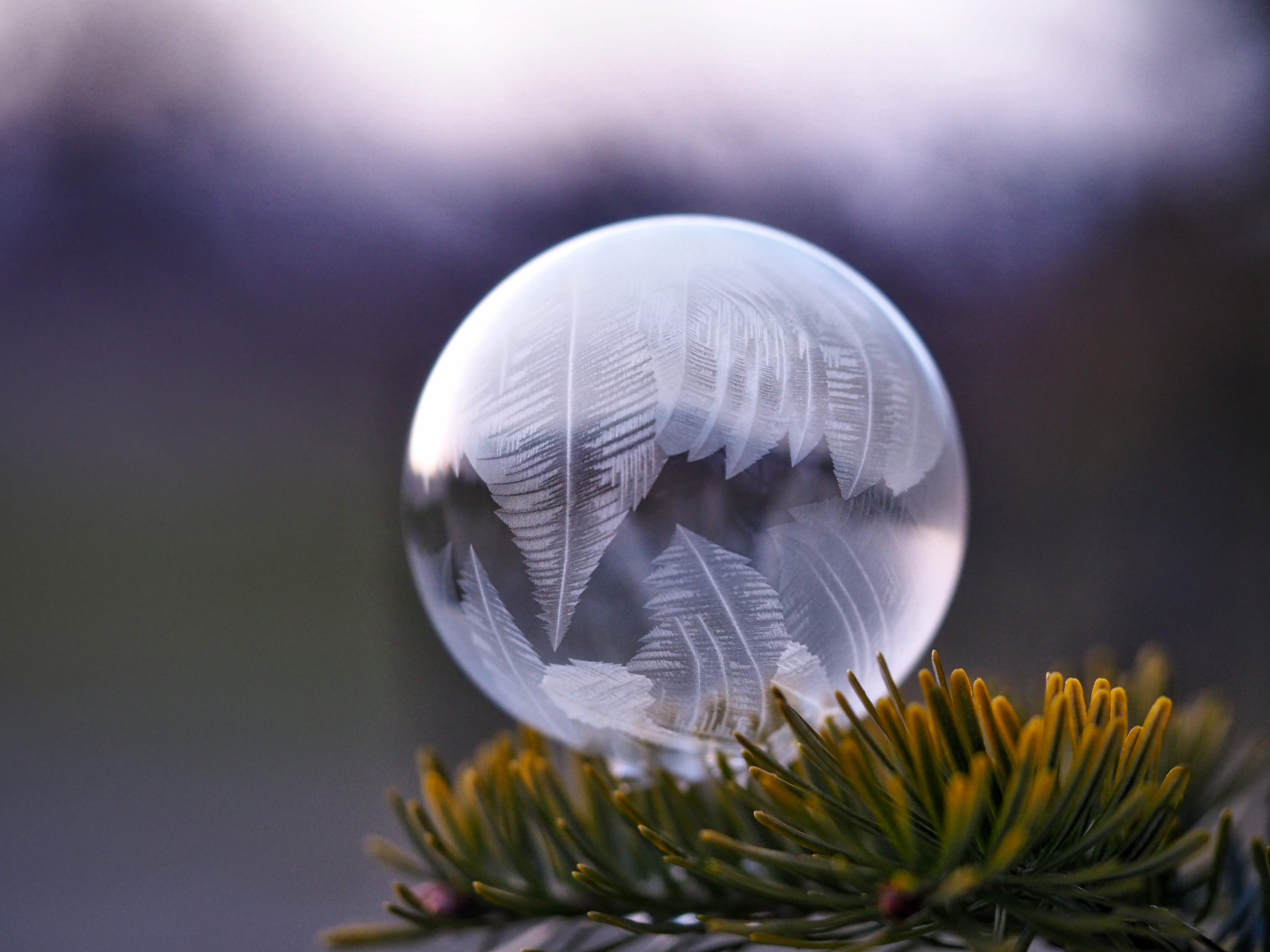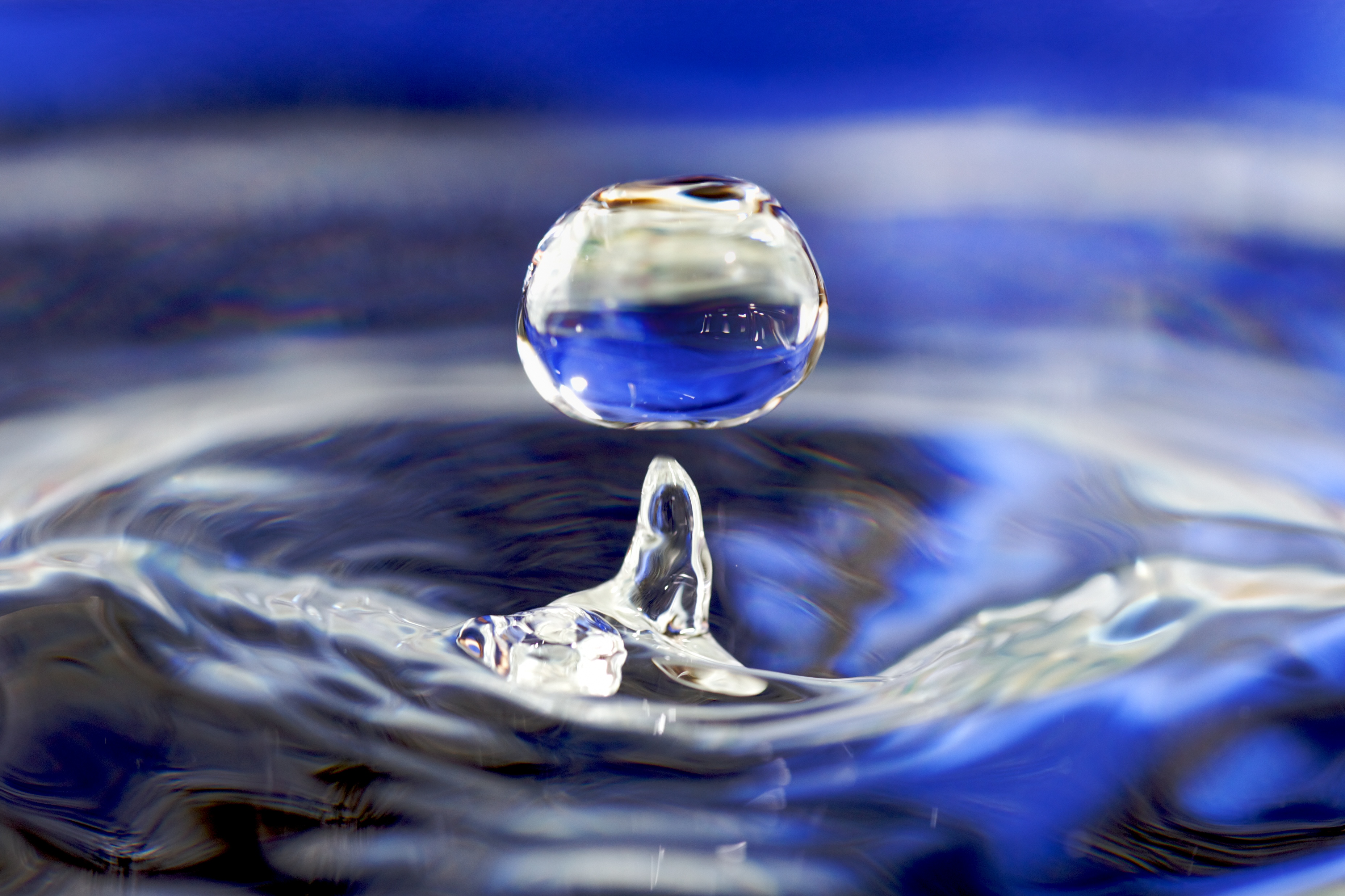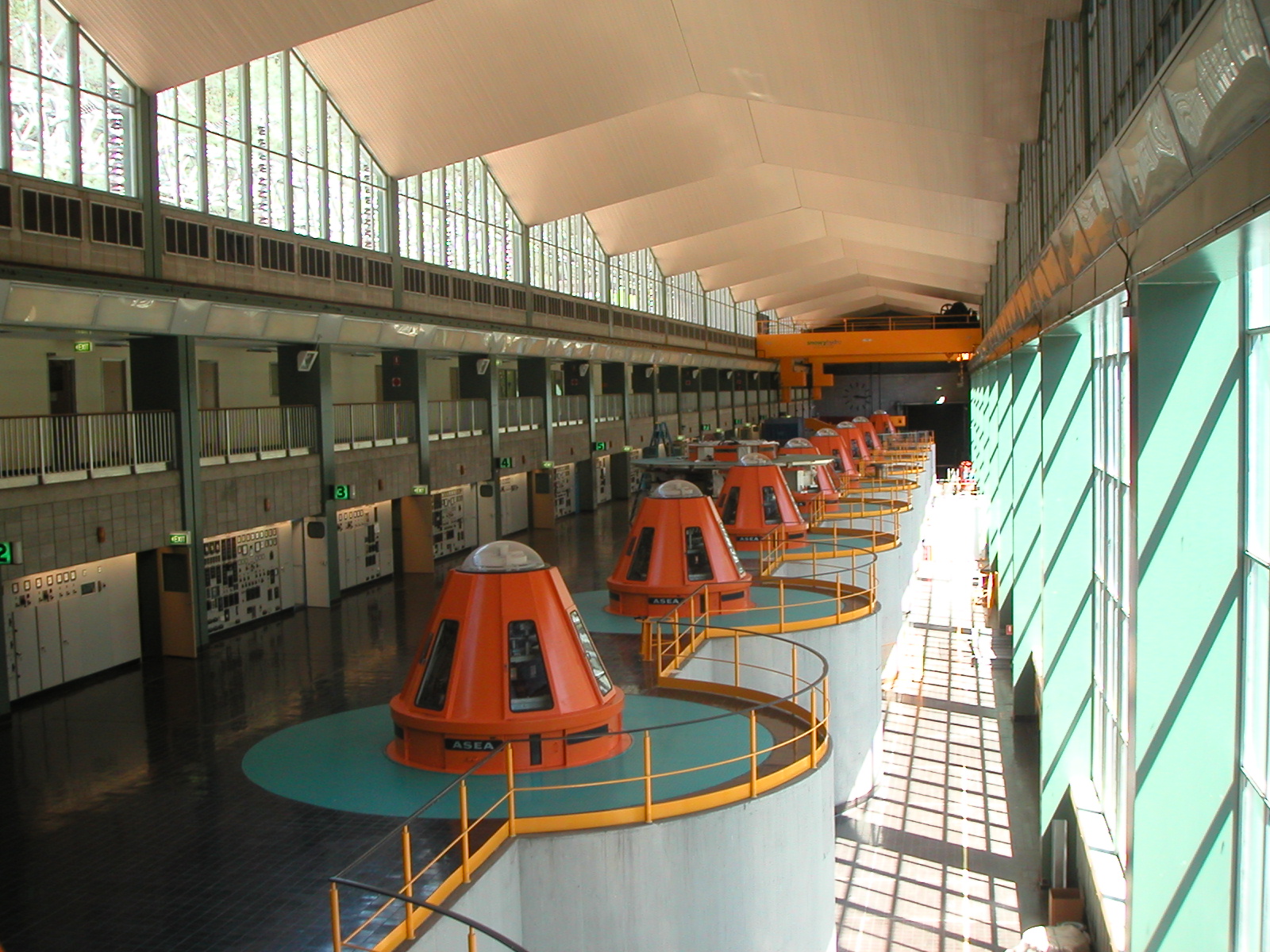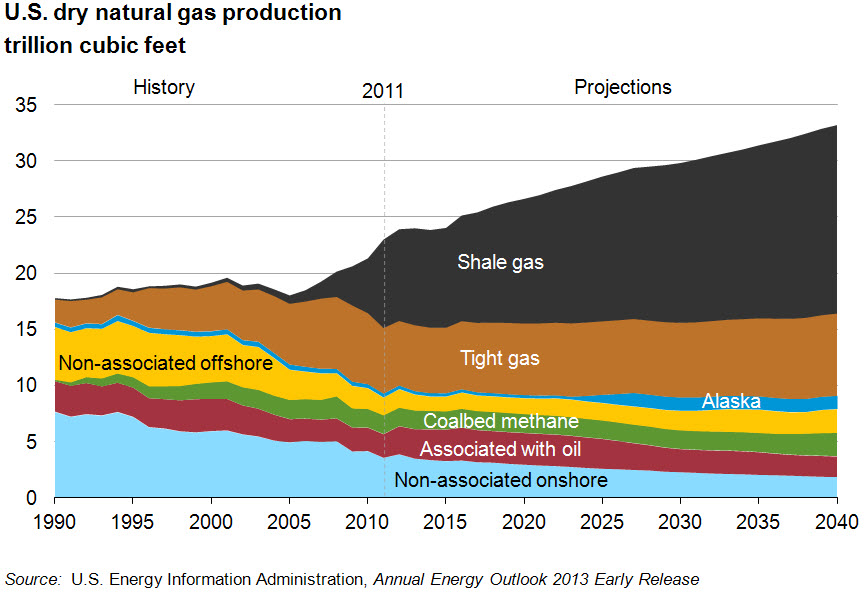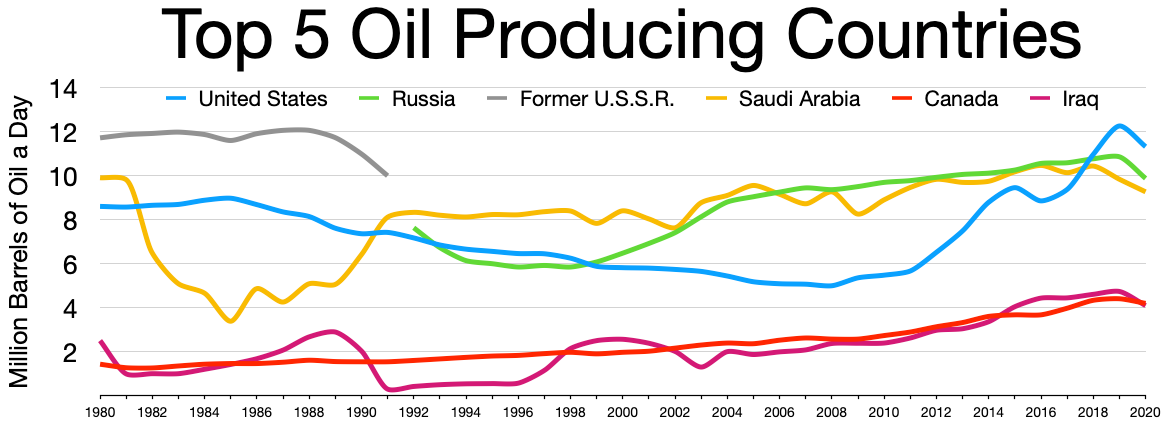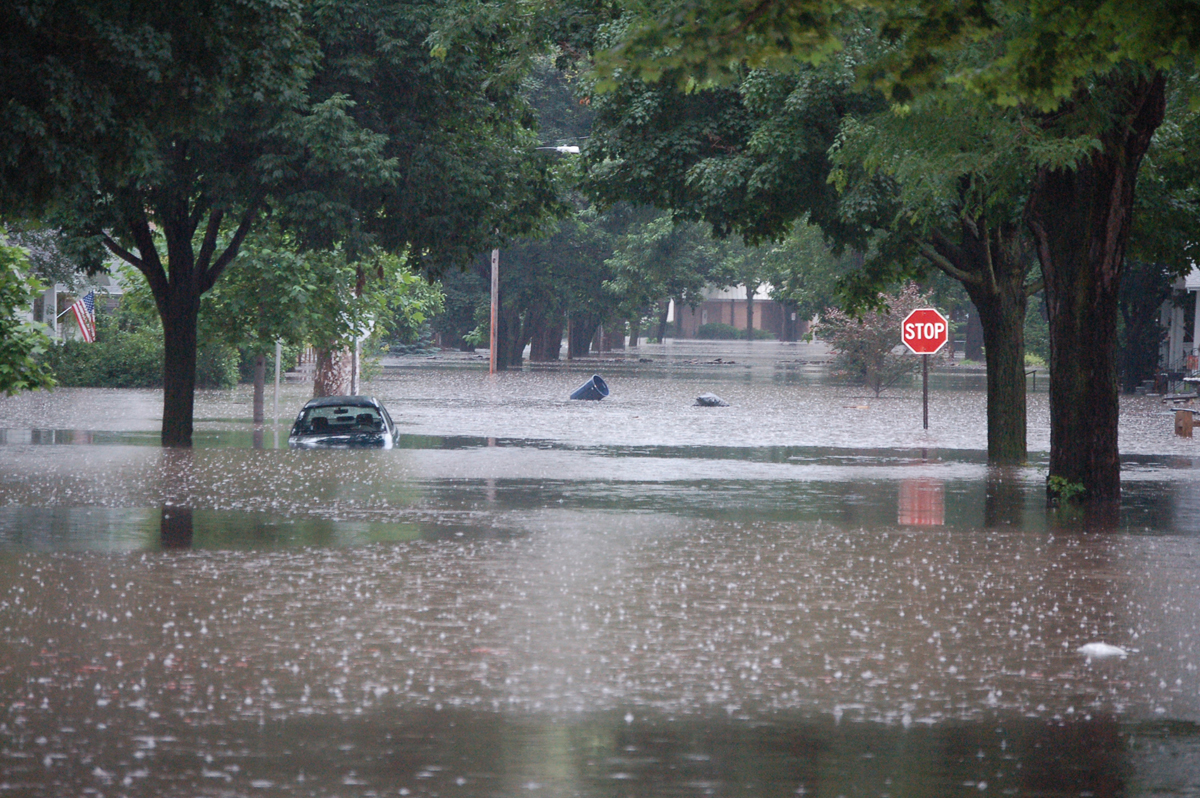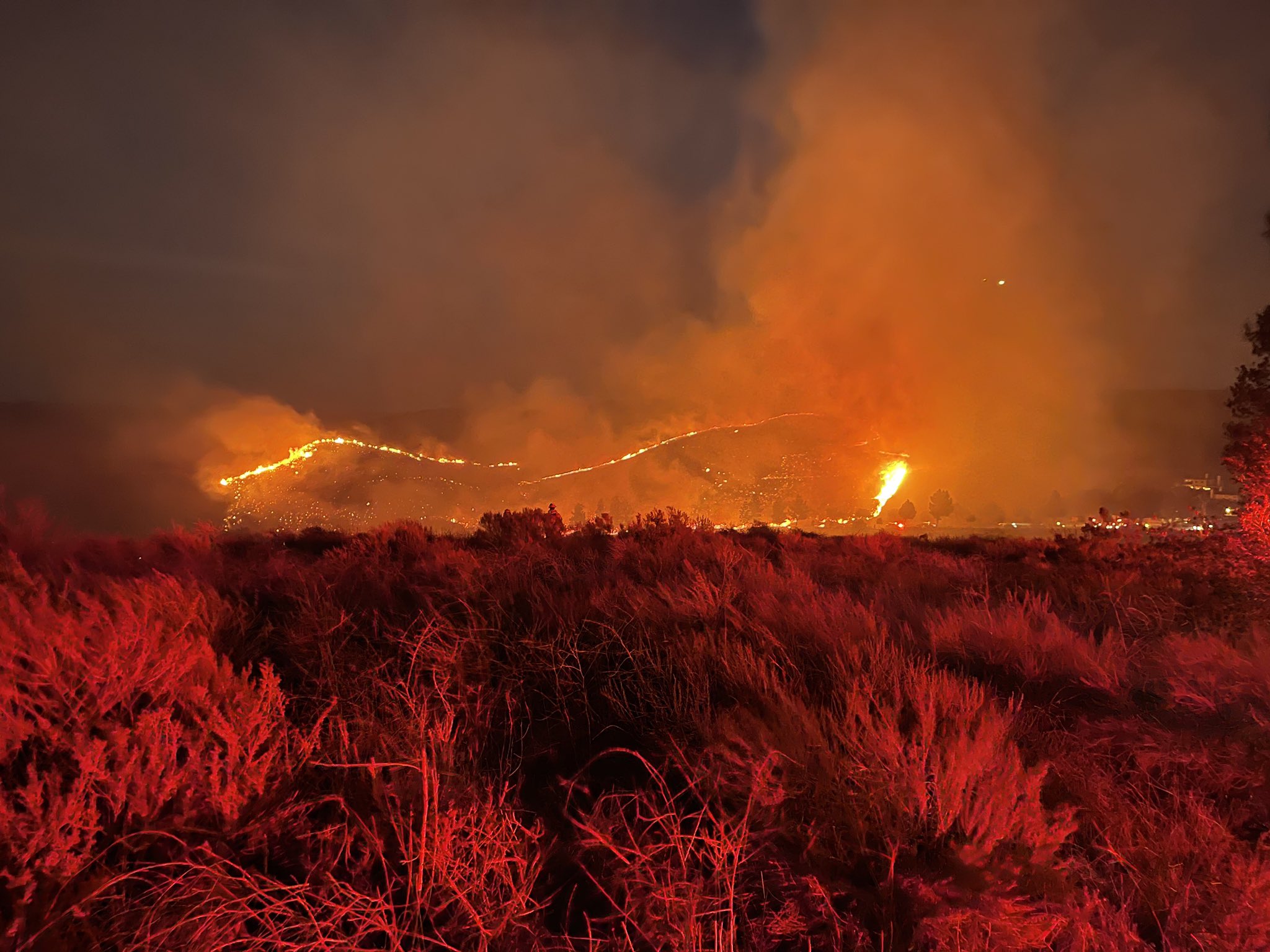
Tina Turner famously sang about Proud Mary Rollin’ on the River. But now the mighty Mississippi River is not rolling with cruise boats. A Viking line riverboat recently set sail but was stuck for an entire day on a sandbar. The Mississippi river is suffering from drought, reducing the river’s freshwater flow and allowing salty water from the Gulf of Mexico to enter the river. Affected are plants, wildlife, and people – including those in the city of New Orleans, Louisiana.

With the drought depleting the Mississippi’s freshwater resources, a saltwater wedge is forming that may reach the urban area by the end of October 2023. Why a wedge? The shape is formed by differences in saltwater (more dense) and freshwater: when the two kinds of water come together, they form a wedge.

As coastal and river communities consume more water, drawing from available aquifers, seawater can encroach. That affects both farming (5% salinity makes water unsuitable for agriculture) and drinking water (2% salinity renders freshwater undrinkable). Rivers are also an important habitat for flora and fauna, estuarial environments, and wildlife: all of these are affected by salinity.

While salty water is dangerous for a number of environmental reasons, another serious concern is its corrosive effect. Some of pipes in New Orleans’ water distribution system may still have lead. This is the case for many American cities whose pipes are older than 1986, when a law was passed that prohibits using lead in water systems. One million people in southeast Louisiana are on watch and in danger. Flint, Michigan suffered a tragedy when lead from its aging system leached into drinking water: by the time pediatrician Dr. Mona Hanna-Attisha noticed lead poisoning among patients, a generation of children were stricken. Medical treatment was $100 million; fixing and replacing the outdated pipes: $1.5 billion. Even where lead is not present, other dangerous heavy metals can be released. Anti-corrosion products are available, and the New Orleans has called a public works meeting to plan a corrosion monitoring program.
New Orleans, and the communities in southeast Louisiana, can take action now, before it is too late. But what are the options? Like the people in Flint, families can purchase bottled water. A suburb of Nola, Metaire (whose interchange of I-10/I-610 is subject to flooding) reported sales of 2,000 bottles of water daily. In New Orleans, large institutions needing water, like hospitals, were stockpiling in advance. Maybe it could be a short-term option, but it’s an environmental and health risk – over one million plastic bottles of water are sold globally – every minute! Studies reveal water from plastic bottles leaches microplastics into the human system. And then there’s the reality that very few plastic water bottles are recycled, with most ending up in landfills, river, and oceans. Bottled water is not a long-term answer.

What about macro solution? In July 2023, the U.S. Army Corps of Engineers placed a “sill” in the Mississippi River as a kind of barrier to influx of salt water from the Gulf. Now, plans are in process to raise the sill barrier by 25 feet (7.62 meters). But even at the new height, the project will only delay the inevitable by 10 or so days. Another large-scale option is building a pipe to bring fresh water from upstream. It’s like what China did with the Grand Canal – bringing water from the south to the north – but in reverse. Possible, but expensive, and not a guarantee that enough fresh water will be available in the upper river if drought conditions persist.

One further option, especially if saltwater continues to flow from the Gulf of Mexico, is new desalination technology developing at MIT. The Device Research Laboratory’s Lenan Zhang and Yang Zhong, along with Evelyn Wang and team, working with Shanghai Jiao Tong University and the National Science Foundation of China, announced development of a system the size of a suitcase that can filter high-salinity water, delivering 1.32 gallons (5 liters) of drinking and cooking water per hour. It can be installed at households, and is free from electricity, running on solar power. The system is new design that solves the formerly-intractable problem of salt buildup that clogs many desalination devices. Overall, the cost of delivering drinking water is cheaper than tap water. In a feat of biomimicry, the device by thermohaline processes – (temperature “thermo” + salinity “haline”) – just like the waves of the ocean. (Chu 2023).

Or where suitable, there is the mangrove. This coastal plant can thrive in salty environments and may even act as a filter; some mangrove leaves are able to excrete salt. Mangrove trees can help to regulate salinity: they thrive in the intertidal zones where salt and fresh water mix. Avicenna officinalis (see above) is one of the salt-secretors; this mangrove tree has evolved salt glands in the tissues that release salt.

Will New Orleans serve as a case example? Other salt water wedges can be found in the estuaries of the rivers including the Columbia River of Oregon and Washington states, or the Hudson in New York. And, saltwater intrusions are not restricted to the United States. The Po River in Italy suffered damage in the Po Plain where salt water from the Adriatic entered the freshwater river: drainage from agricultural land worsened the salinization process. In Bangladesh, southwestern coastal regions are also threatened by saltwater intrusions causing soil damage and compromising drinking water: cyclones and storm surges exacerbate the threat. Seawater intrusion is now a major problem worldwide: it even has its own acronym (SWI). Alarmingly, 32% of world coastal cities are threatened by saltwater intrusion: 500 cities are in urgent danger.

As you consider the Mississippi’s present problems and possible solutions, you might like to reflect upon some of the many songs written about the legendary river. For a sample, including songs about the original and first nation people who live there, explore Mississippi River music, click here. Or, listen to Russell Batiste, Jr., to Johnny Cash’s “Big River,” and Ike and Tina Turner’s version of “Proud Mary.”
Antonellini, Marco, et al., “Salt water intrusion in the coastal aquifer of the south Po Plain, Italy. December 2009. Hydrogeology Journal 16(8): 1541-1556. https://www.researchgate.net/publication/226067653_Salt_water_intrusion_in_the_coastal_aquifer_of_the_southern_Po_Plain_Italy
Brewer, Keely “Burgeoning Mississippi riverboat industry grapples with increasing threats.” The Daily Memphian. 10 July 2023. https://www.nola.com/news/environment/flood-drought-threats-for-mississippi-riverboat-industry/article_ab3234a4-1153-11ee-95a8-f7e683994157.html
Brooke, K. Lusk. “Leaking or Lacking?” pages 5 – 14. Renewing the World: Casebook for Leadership in Water. 2023. ISBN: 9798985035933. https://renewingtheworld.com
Chu, Jennifer. “Desalination system could produce freshwater that is cheaper than tap water.” 27 September 2023. MIT News. https://news.mit.edu/2023/desalination-system-could-produce-freshwater-cheaper-0927
Coo, Tianzheng, Dongmei Han, Xianfang Song. “Past, present, and future of global seawater intrusion research: A bibliometric analysis.” 27 August 2021. Journal of Hydrology. Volume 603, Part A, December 2021, 126844. https://www.sciencedirect.com/science/articleabs/pii/S0022169421008945
Fortin, Jacey, and Colbi Edmonds. “Battling a Water Crisis: Bottles, Barges, and Maybe a Quarter Billion-Dollar Pipe.” 29 September 2023. New York Times. https://www.nytimes.com/2023/09/29/us/new-orleans-saltwater-intrusion.html
Klinkenberg, Dean. “Mississippi River Playlist.” Spotify. https://open.spotify.com/playlist/23gl91dNAgksllxBBVSd8s
LaPotin, Alina, et al., “Dual-stage atmospheric water harvesting device for scalable solar-driven water production.” 20 January 2021. Joule. Volume 5, Issue 1, pages 166-182.
New Orleans, City of. “Corrosion Control” Public Works Committee. 27 September 223. VIDEO. https://www.youtube.com/live/DS8X2ijS5LpM?ssi=0P5up0-lemTixu67.
Somssich, Marc. “How a Mangrove Tree Can Help to Improve the Salt Tolerance of Arabidopsis and Rice.” 14 December 2020. Plant Physiology 184(4): 1630-1632. PMID: 33277332. https://www.ncbi.nlm.nih.gov/pmc/articles/PMC7723112/
Tulane University, School of Public Health. “5 things to know about the saltwater intrusion of the Mississippi River.” 28 September 2023. https://sph.tulane.edu/5-things-know-about-saltwater-intrusion-mississippi-river
United States, National Park Service. “Songs of the Mississippi River.” https://www.nps.gov/miss/learn/education/songs-of-the-mississippi-river.htm
Building the World Blog by Kathleen Lusk Brooke and Zoe G. Quinn is licensed under a Creative Commons Attribution-NonCommercial-NoDerivs 3.0 U
Appreciation to Jason W. Lusk for sharing research.




